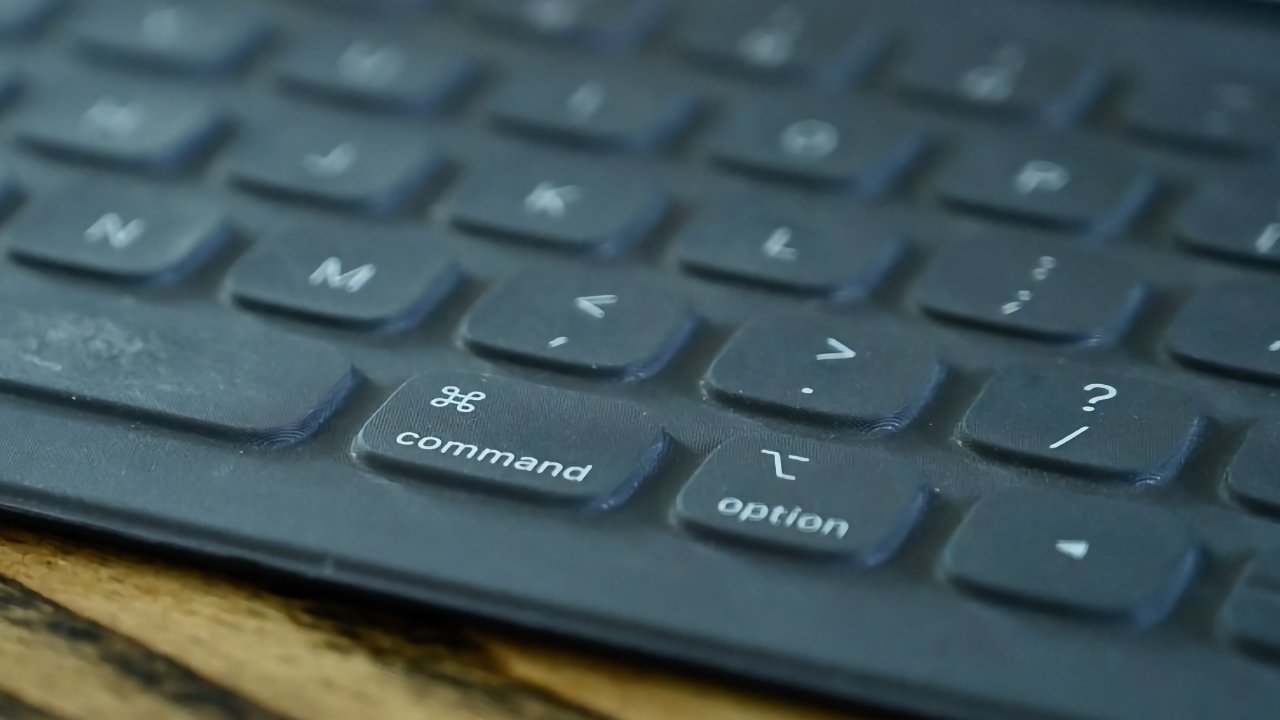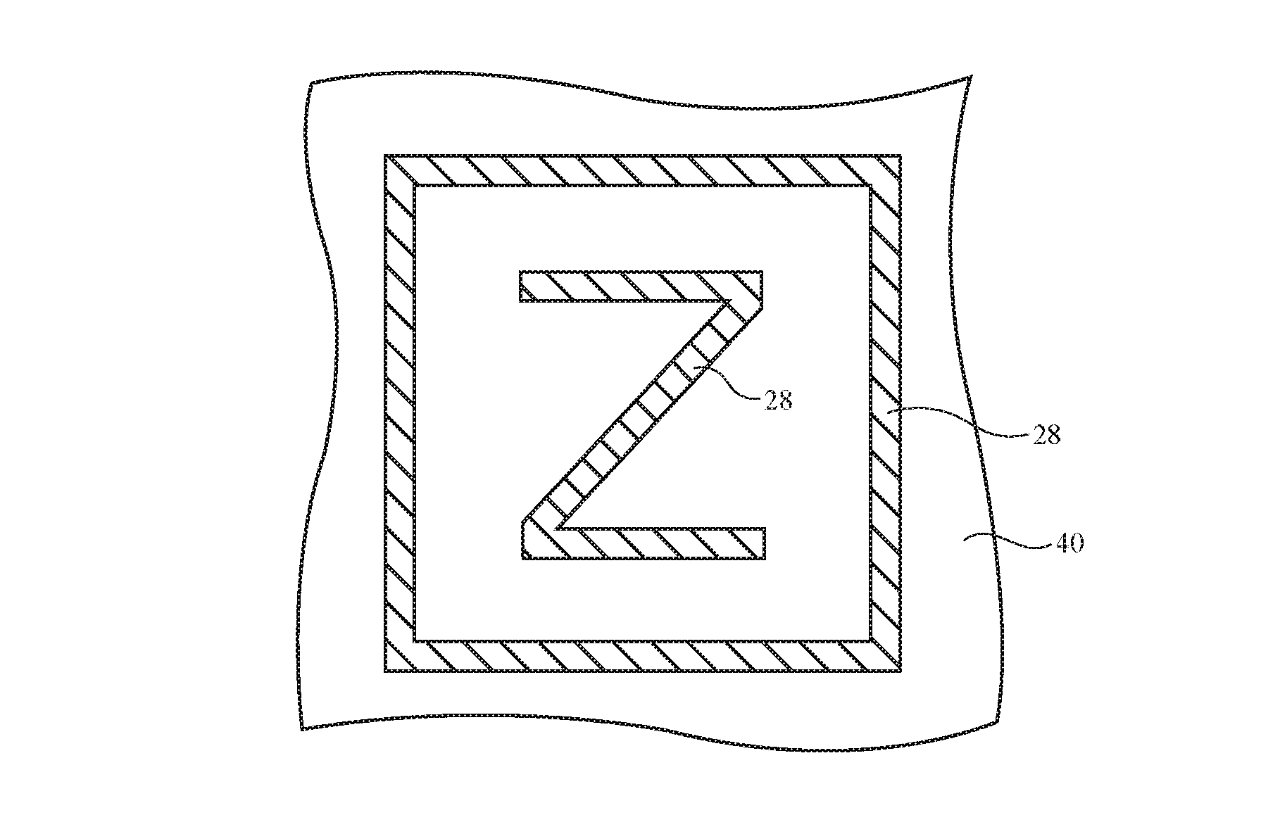Apple is investigating ways to mimic backlighting on a fabric Smart Keyboard for iPad Pro, by using light-emitting regions that are printed onto the keys.
If there is one difference between Apple's fabric Smart Keyboards for iPad, and its Magic Keyboards, it's the price. But beyond that, the cheaper fabric one has always lacked a backlight — and it appeared that it always must.
Any move to put an actual backlighting behind the keys would mean cutting holes into the fabric. While certainly possible, it would remove the fabric's benefit of being easier to wipe clean, and impervious to dust getting between the keys.
Now with the newly-granted patent, "Fabric items with thermally imprinted light-emitting regions," Apple wants it both ways.
"Weaving and other techniques for intertwining strands of material can be used to form fabric," explains the patent. "A layer of fabric may, for example, be used to cover the keys in a keyboard."
Apple wants to keep that fabric but also allow for backlighting, which is traditionally done with "light-emitting diodes [that] are used to provide keys with backlight." As well as lighting, Apple wants this keyboard to look good.
"It can be challenging to create illumination for fabric-based items," continues the patent. "If care is not taken, fabric-based items will not have visually appealing illumination, will be too complex to manufacture, or will not have desired patterns of illumination."
The proposal is that the body of the fabric keyboard remains as it is, but the legend on each keys be treated differently. Instead of passive markings, the new keys could be printed with a label that is itself illuminated.
"Each key in a keyboard may have an illuminated key label," continues Apple. "Portions of the fabric may be processed by pressing heated protrusions on a textured mold into polymer optical fibers in the fabric."
"The protrusions form corresponding light-scattering recesses in cladding portions of the optical fibers," it says. "By patterning the protrusions on the mold, corresponding thermally imprinted light-emitting regions may be formed in the fabric."
Apple's patent details fabric materials such as ones that have "polymer strands with melting temperatures higher than the optical fibers." That would allow "thermal imprinting operations to be selectively performed on the optical fibers without damaging the other strands in the fabric."
This patent is credited to four inventors, including Daniel A. Podhajny. His previous related work includes a granted patent concerning using touch-sensitive fabric to make a MacBook Pro trackpad.
Stay on top of all Apple news right from your HomePod. Say, "Hey, Siri, play AppleInsider," and you'll get latest AppleInsider Podcast. Or ask your HomePod mini for "AppleInsider Daily" instead and you'll hear a fast update direct from our news team. And, if you're interested in Apple-centric home automation, say "Hey, Siri, play HomeKit Insider," and you'll be listening to our newest specialized podcast in moments.
 William Gallagher
William Gallagher





-xl-m.jpg)



 Mike Wuerthele
Mike Wuerthele
 Malcolm Owen
Malcolm Owen

 Thomas Sibilly
Thomas Sibilly
 Wesley Hilliard
Wesley Hilliard
 Marko Zivkovic
Marko Zivkovic










There are no Comments Here, Yet
Be "First!" to Reply on Our Forums ->